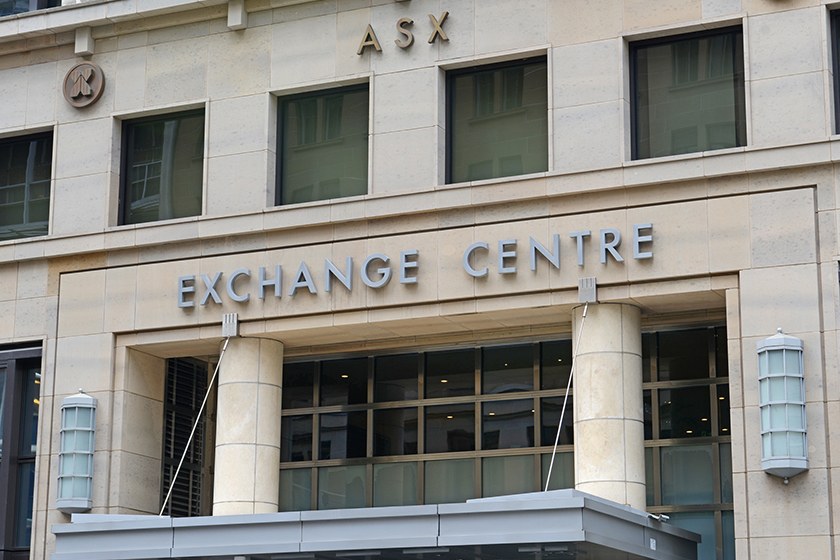Equipping professional accountants for sustainability
The International Federation of Accountants has developed a concise resource to guide accounting professionals and...
READ MORE
Almost three-quarters of Australia’s large, listed entities are not disclosing their processes to verify the integrity of corporate reporting – a requirements of the ASX Corporate Governance Council’s Recommendation 4.3, which aims to increase the integrity of unaudited corporate periodic reports by placing the onus on directors to ensure their accuracy.

In 2019, the ASX Corporate Governance Council released the 4th edition ASX Corporate Governance Principles and Recommendations, introducing Recommendation 4.3:
“A listed entity should disclose its process to verify the integrity of any periodic company report it releases to the market that is not audited or reviewed by an external auditor.”
This followed a change, five years prior, to replace the phrase ‘financial reporting’ with ‘corporate reporting’ – a move that signalled the increasing importance of accounting for an organisation’s activities and direction beyond finances.
Under Recommendation 4.3, directors must explain how they have verified the accuracy of reporting that has not been audited, or to justify why they have not done so. Those who do not disclose their verification processes are in breach of Listing Rule 4.10.3, and the ASX can take action against them under its own enforcement powers.
Two years on, Deakin University's Integrated Reporting Centre has released a study of the disclosures by ASX300 companies under Recommendation 4.3, Mechanisms to Enhance the Integrity of Corporate Reporting. It found that 73% of ASX300 companies are not meeting the standard set by the ASX.
“Most companies are providing either boilerplate disclosures or vague disclosures which are not particularly informative for investor decisions,” said Professor Peter Carey, one of the study’s lead authors.
The study examined corporate reporting from the 2021/22 financial year, the second year of the 4th edition ASX Corporate Governance Principles and Recommendations being in effect.
It rated just 27% of the ASX300’s descriptions of the processes used to verify their corporate reports as ‘clear and comprehensive’. These organisations clearly explained the implementation of processes that aid integrity, and the steps taken to embed them as business-as-usual.
The remaining 73%, which were not up to standard, were almost evenly split between providing no entity-specific disclosures and limited disclosures.
“These findings suggest 4.3 disclosures are still in their early stages and therefore, there is considerable room for improvement in terms of the disclosures themselves and the rigour of integrity-enhancing processes implemented to support informed investor decision-making,” Martyn Roberts, Chair of the CFO member organisation Group of 100 wrote in the report’s foreword.
The study itself, however, does not support the theory of a trajectory of improvement over time – the ‘clear and comprehensive’ reporters were 26% of the ASX300 in the first year and 27% in the second. The proportion that provided no entity-specific disclosures, meanwhile, increased by 9.4%.
Carey pointed out that even stable performance would not stack up against the improvements to reporting practices globally over the same period.
“Our report last year showed there was significant room for improvement. There has been none. In fact, we have taken a backward step as the international corporate reporting environment is evolving rapidly,” Carey said.
Carey explained the slow uptake of 4.3 as a result of organisations mistakenly believing the disclosures to be optional and preferring minimal disclosure, alongside a lack of accountability on the part of directors.
He called for the ASX to exercise its supervisory powers.
“If a company provides a vague or uninformative explanation as to how they ensure the integrity of their unaudited disclosures, there don’t appear to be any consequences. There is no one checking, and the outcome is we have a capital market that is not properly informed. There needs to be more monitoring and a call out of companies that aren’t following the guidelines,” he said.
The report authors and Group of 100 Chair Roberts agree there’s a need to modify 4.3 in the upcoming 5th edition of the ASX Corporate Governance Principles and Recommendations.
Changes suggested include increasing direction on the disclosure of processes that aid integrity, such as:
The report also calls for the ASX to increase its supervision.
The researchers recommended that those preparing corporate reports take six actions. Per the report: